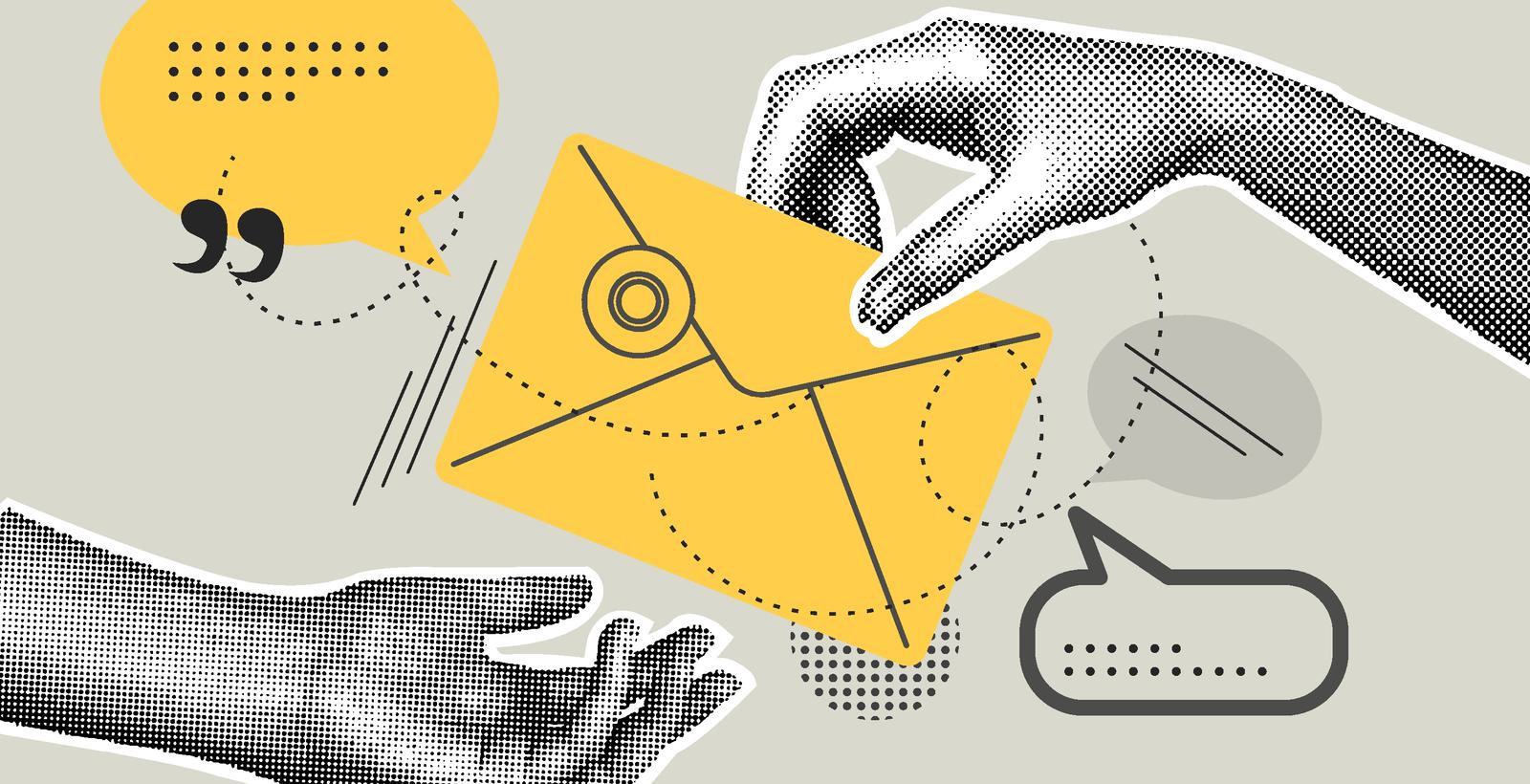Email design tricks to net you more clicks
Here's some design advice to boost conversions on your next email campaign

It's tricky to rock a rhyme; to rock a rhyme that's right on time. It's also tricky to create email templates that actually deliver conversions.
In B2B, your readers are busy but still on the lookout for content that informs their purchasing decisions and makes their jobs easier. They’re reading on computers, smartphones and tablets. And while their inboxes are often swamped with spam, clutter and general nonsense, email is still the number one way to communicate with them.
“I'm a big fan of email. It's the only open, free, universal communication tool we have left,” says Steve Lendt, Director of Analytics and Engagement at Motum B2B. “The problem is our relationship with email. It needs to be fixed. Spam and security threats have made email difficult to trust. The right email approach can repair that trust over time.”
With an email audience, trust works on many levels. For one, your readers expect responsive emails that work in whatever email client or device they’re using.
The next level is presentation: an appealing, uncluttered design helps your content stand out in a flooded inbox. Then, at the core of your email, you need to deliver a strong message.
“The design and messaging of an email goes a long way in building trust with your audience,” says Steve. When it comes to messaging, honesty is the best policy. “Just be honest. No insecurity (did you get my last email?), no neediness (do you like my email?), no false sense of urgency (act now!) — just good, attractive, enhanced emails at the right cadence, and you will see your audience reach out to you for more.”
A little respect goes a long way
As the top form of communication in the business world, email is, in many ways, an artform. Mark Whiting, Vice President of Technology at Motum B2B, says there’s one surefire way to keep your email audience engaged: respect their time.
“It’s so easy to alienate people. You have to focus on quality of communication and only speak up when you have something worth saying.”
A simple, focused message makes all the difference in your click-through and conversion rates.
What does that mean for an email’s structure and visual design? It’s all about condensing your message into brief, snappy bites of copy that gets straight to the heart of your reader’s needs. A modern design should also account for the use of mobile devices and make your emails easy to read.
“Because of the vogue of smartphones and devices optimized for one-touch scrolling, we’re definitely seeing a shift away from emails built like they were five years ago,” Mark explains. “We’re seeing less of a column-style layout and more infinite scroll with a heavy emphasis on light text.”
When you’re working with marketing automation platforms with their own prefab templates — such as Pardot, ConstantContact and SurveyMonkey — your design and personalization choices are limited. It can also be difficult for those who are unfamiliar with the types of code needed to create responsive emails that display across different browsers.
Motum’s web developers are well-versed in these coding languages, and we also use a tool called Litmus to test emails for consistency across different display platforms and platforms. Our team combines forces to create tailored, on-brand emails for our clients.
“We have built up a system that lets our departments work together,” says Mark. “Our tech experience allows the use of sophisticated components like accordions, slideshows, image galleries and other cutting-edge email features that our people on the frontlines, like copywriters and content coordinators, can use without having to be a developer.”
The subject matters
Then there’s the all-important subject line. As the first thing your reader sees, the subject line makes or breaks their decision to click through to the rest of your email content. It must communicate the core of your message a few words — which is easier said than done, but it’s a philosophy you’ll need to carry through in the rest of your email copy.
“Don’t try to cram too much into a single email,” Mark notes. “Focus on calls to action that are relevant to the customer, not just your business. And personalize appropriately without being creepy.”
“Creepy” could mean addressing your reader by their first name or coming across as insecure or needy, as Steve noted earlier. In many cases, the best approach to personalization is creating content that your readers will find useful and relevant to their work.
When you’re talking to people in B2B, Mark says, “Your contacts are most interested in project stories, events, tradeshows, product launches, industry news — things that help them in their work.”
When you have to make a big statement in a limited space, presentation makes all the difference — particularly when a large proportion of your audience reads emails on phones and tablets.
He highly recommends working with type as a visual element, using big fonts to call out things like statistics, quotes and single calls-to-action rendered in a button style. Mark emphasizes the importance of limiting CTAs down to one or two to avoid clutter and draw the reader’s attention.
“A punchy subject line combined with interesting typographic treatments — that still gets results,” he adds.
With the right approach, you can highlight the most important parts of an email to convey a clear, attractive message to your readers.
It’s still tricky, tricky, tricky, tricky. But when you take the time to implement a breathable, beautiful and on-brand design, your readers will take notice.